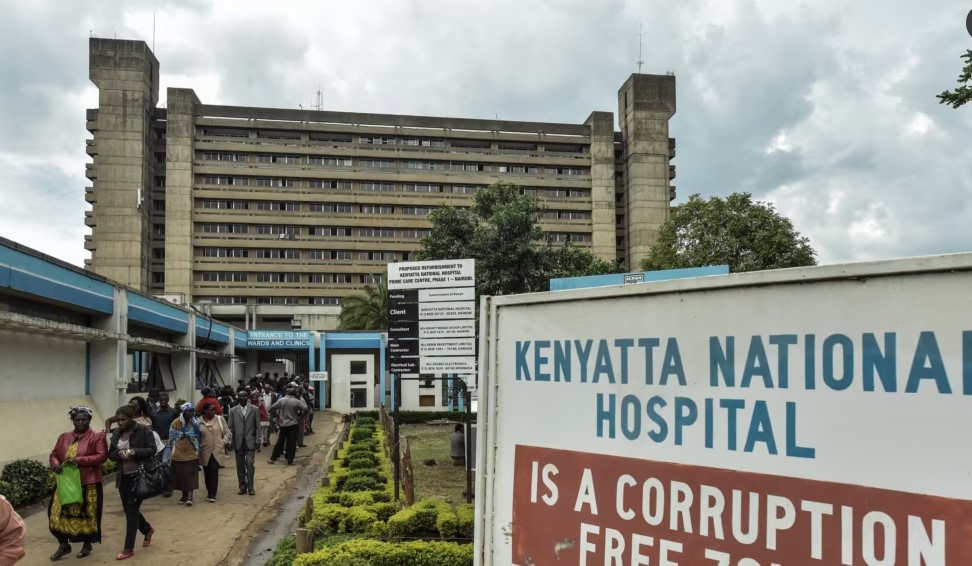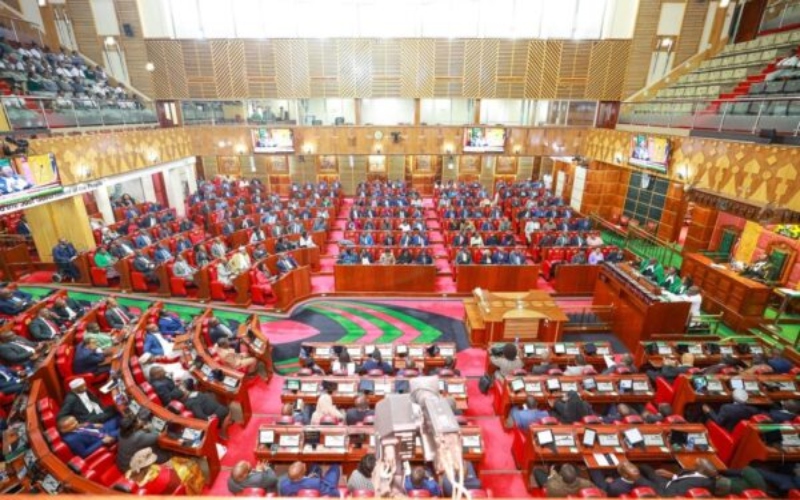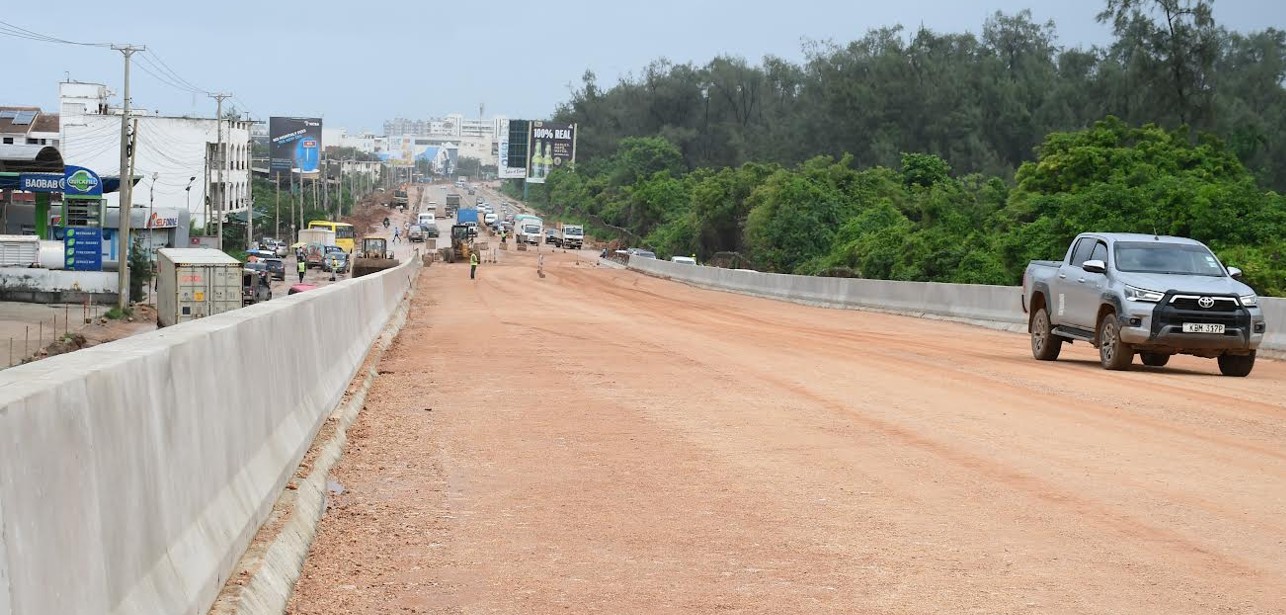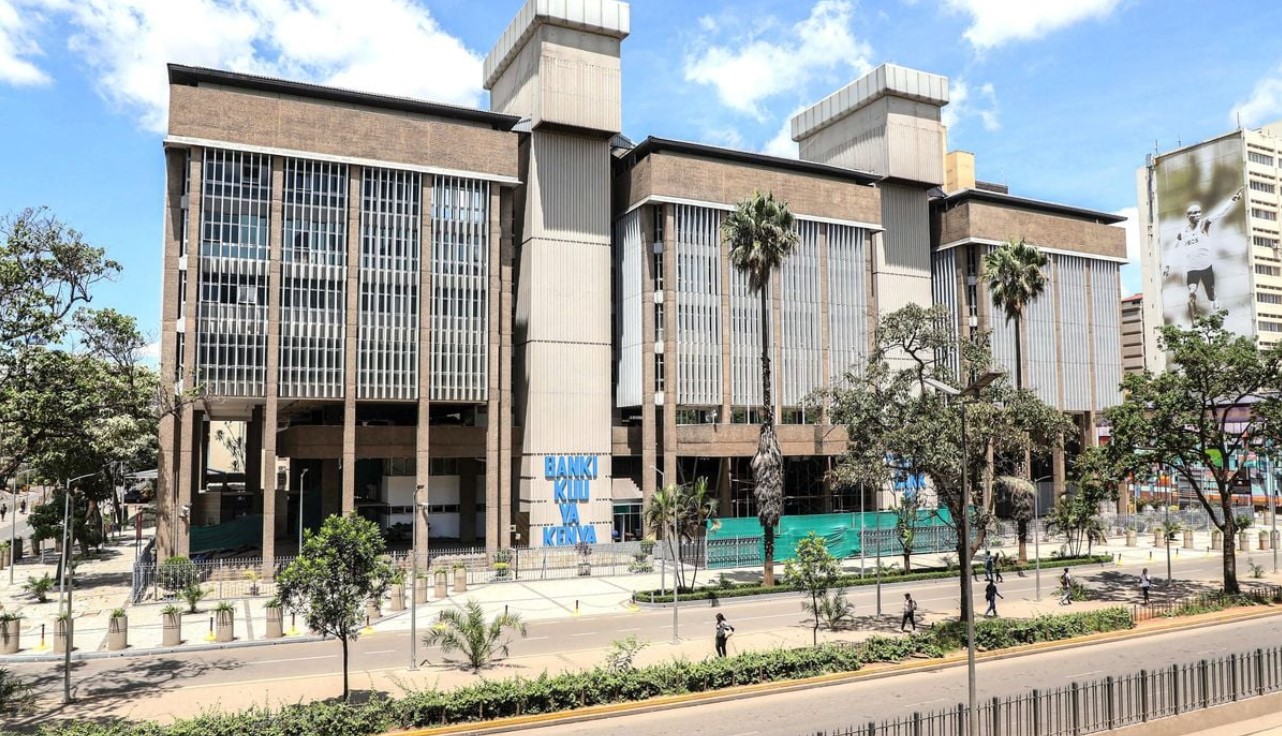Kenya residential land market cools as satellite towns and suburbs see slower price growth
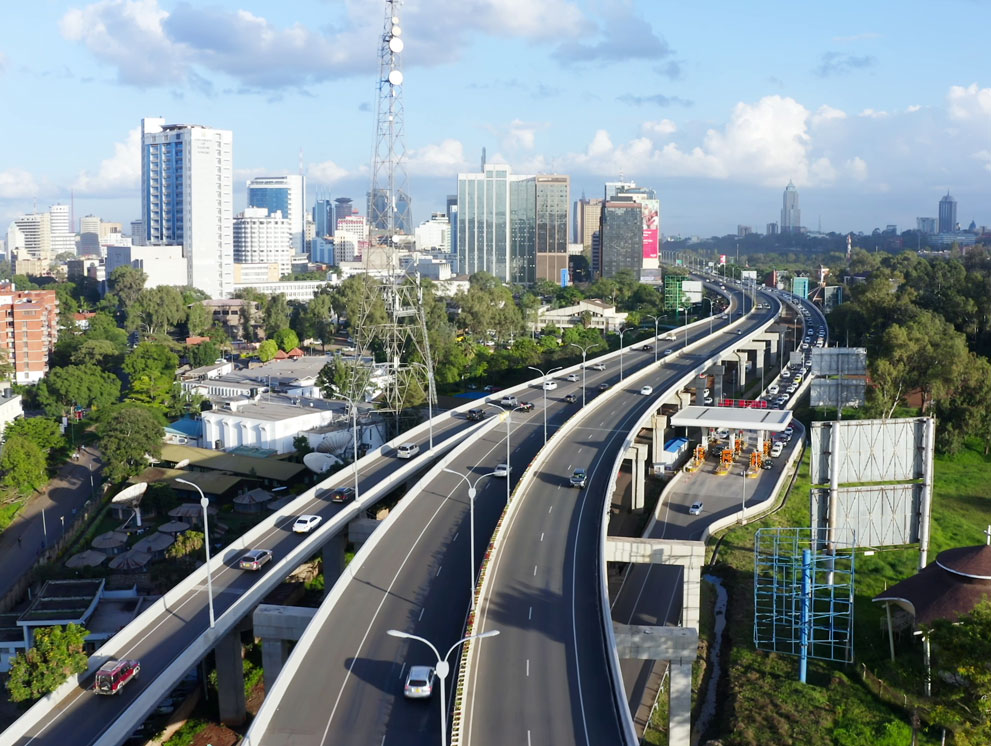
Tighter household budgets and weaker buyer activity are slowing land price growth across Nairobi’s suburbs and satellite towns, with developers now driving the market.
Kenya’s residential land market is showing signs of cooling, as tighter household finances and weak buyer activity weigh on prices.
The latest HassConsult Land Price Index for the quarter ending September shows that land prices in Nairobi’s satellite towns—traditionally favoured by self-builders—are losing momentum.
More To Read
According to the report, land prices in 14 satellite towns around Nairobi rose by a modest 0.84 per cent between July and September, bringing the year-to-September growth to 6.6 per cent. HassConsult attributes the slowdown to subdued activity among self-builders, who are facing economic strain.
“Many of these satellite areas, such as Kiserian, Kitengela, and Athi River, have been prime locations for middle-class buyers to develop their own family homes in stages and as incomes allowed,” said Sakina Hassanali, Co-CEO and Creative Director at HassConsult.
Price in satellite towns
The report puts the average price for an acre in Nairobi’s satellite towns at Sh32.3 million—far below the Sh223.9 million average in the city’s 18 suburbs.
Among the more affordable satellite zones, Kiserian and Kitengela stand out, with land averaging Sh13.4 million and Sh18.8 million per acre, respectively.
However, the slowdown in self-builder activity is weighing heavily on price growth in these areas.
“Only areas with strong developer demand are now reporting strong land price growth,” Hassanali said.
In Nairobi’s suburbs, price growth also slowed, rising just 1.22 per cent in the quarter and 6.27 per cent over the past year. Spring Valley recorded the strongest growth, up 3.6 per cent in the quarter and 13.3 per cent for the year, as the area transitions from large stand-alone houses to apartments and commercial use.
By contrast, suburbs with limited appeal for commercial or multi-occupancy development—due to scarce public transport and planning restrictions—such as Muthaiga, saw land prices fall 0.2 per cent from June to September, tipping the annual change into a 0.1 per cent decline.
Notably, the Nairobi Satellite Land Index represents land for sale in 14 satellite towns outside Nairobi’s suburbs. HassConsult notes that land values in these zones have increased 13.23-fold since December 2007.
Meanwhile, the Suburbs Land Index tracks land for sale in 18 high-activity Nairobi suburbs, where values have risen 7.40-fold over the same period.
Top Stories Today




